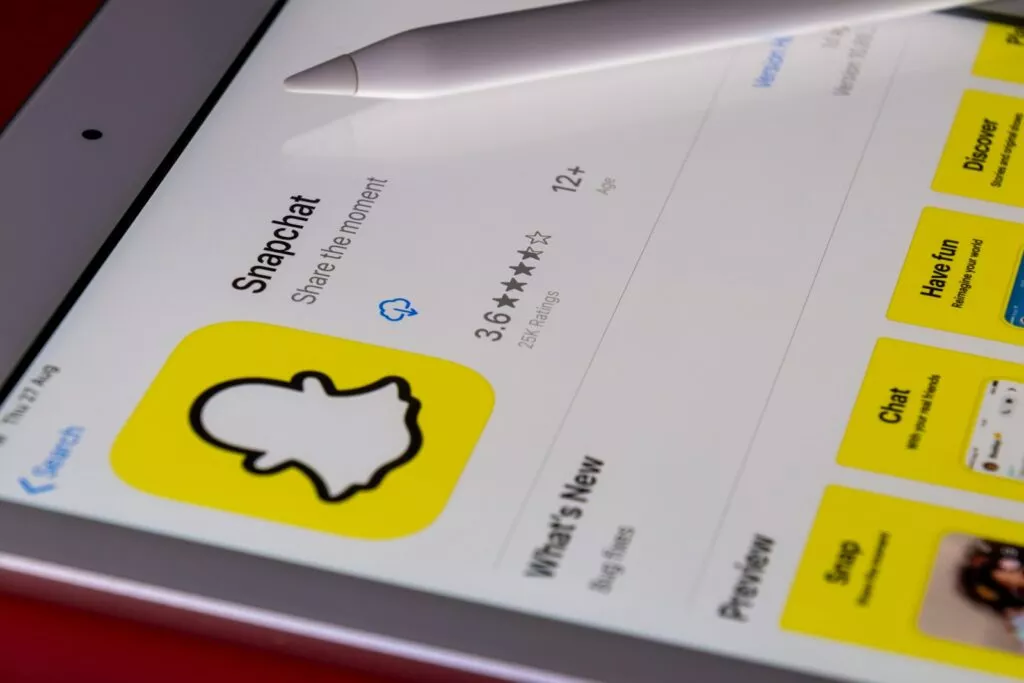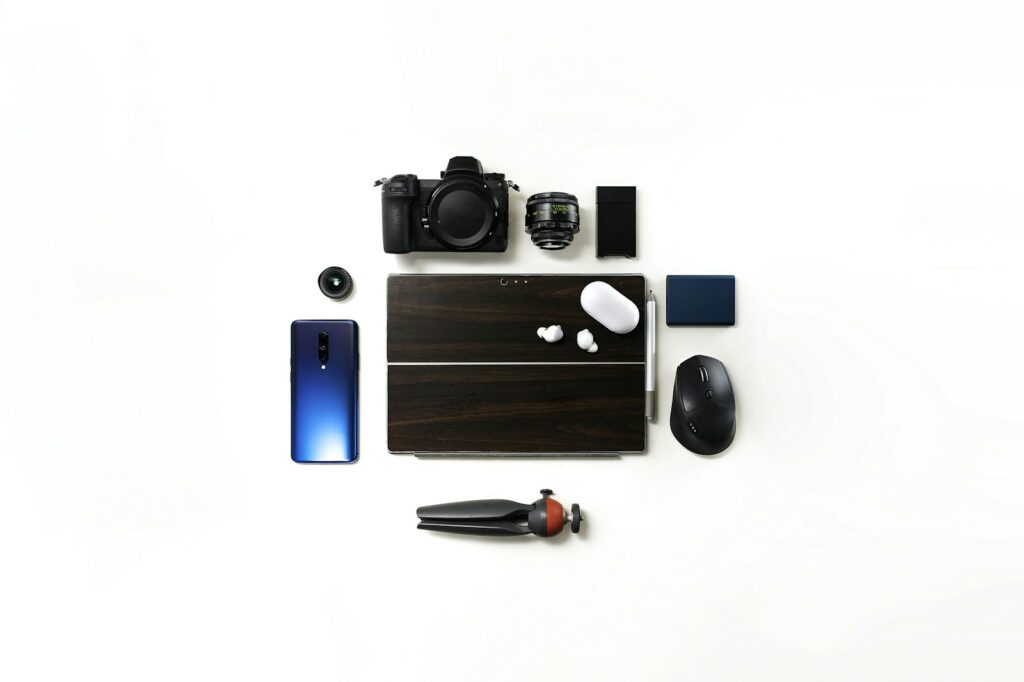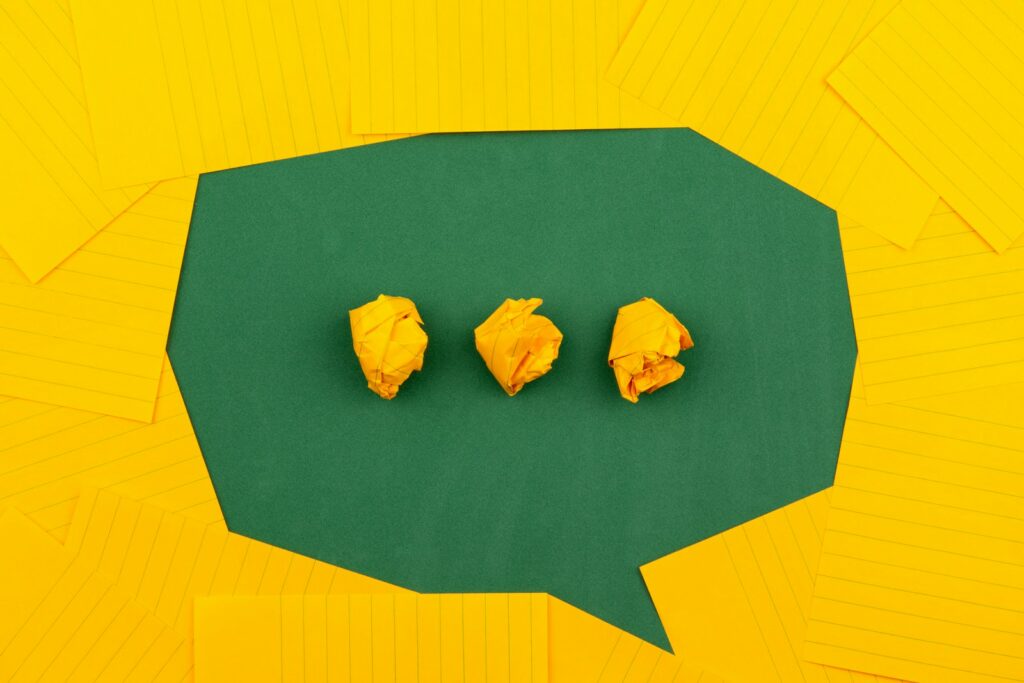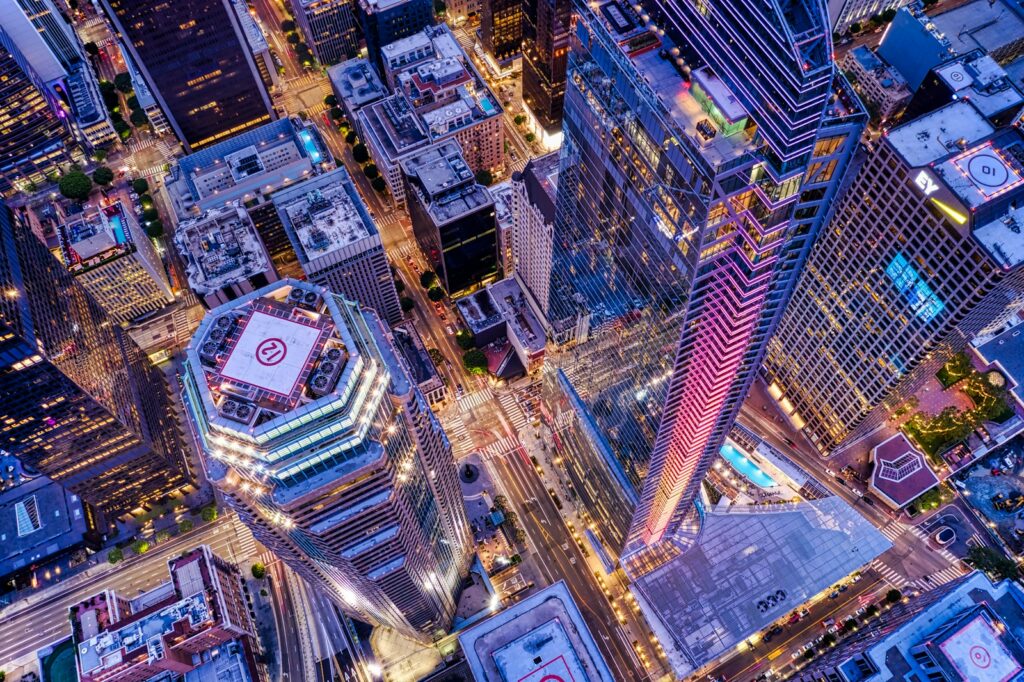The Historic And Remarkable Story Of How These World War Two Pictures Were Found
The Mexican Suitcase
A leap back in time, folks!
There is much discussion circulating around the mythic object known as The Mexican Suitcase.
Just to be clear, it isn't a suitcase, but more of an archival box that was recently discovered (and unveiled to the public) thanks to a serendipitous event.

The collection of images was taken by three of the greatest war photographers ever, and the rolls of film found documented a slice of what was happening during the Spanish Civil War.
The Three Photographers were –
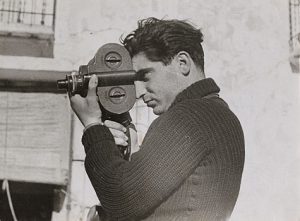
In late December 2007, three small cardboard boxes arrived at the International Center of Photography from Mexico City after a long and mysterious journey.
Rumors had been circulating for years about the 70-year-long journey of the negatives, which disappeared from Capa’s Paris studio at the beginning of World War II.
These world war two pictures (negatives) constitute an invaluable record of photographic innovation and war photography – not to mention the great political struggle to determine the course of Spanish history and turn back the expansion of global fascism.
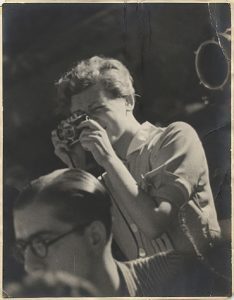
It’s important to state that at the time these images were taken, around the 1930s, photographic portability had become possible via the introduction of 35mm film.
I tend to state that gear isn't as important as others might think, but in this case, it was (for the possibilities it opened up), not because of the available brands at the time (which of course, were great).
The concept of 35mm photography introduced the portable cameras that allowed photographers to get close to the action, which is critical in war and documentary photography.
War photography started during the U.S. Civil War, and one of the most iconic people capturing images of its aftermath was Mathew Brady.
Of course, shooting the aftermath was the only way to go, due to the low light sensitivity of the wet plates of the time.
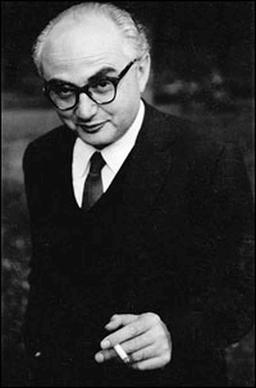
How Did The “Suitcase” Appear In Mexico?
This is what we know about the Mexican Suitcase…
In 1939, Robert Capa flew from his home in Paris to avoid being captured by the Germans. When leaving, he left the negatives in his apartment.
Don't worry, they were not forgotten: Capa had asked Imre Weisz, his darkroom manager, to move them around so Capa wouldn't have any complications while traveling.
We are talking about difficult times here. Weisz was trying to get to Mexico, but things were a bit rough, and the only way he was able to send the negatives was with a Chilean man who could deliver them to the Chilean consulate.

Somehow, years after this effort, the negatives made their way to General Francisco Aguilar González, a former Mexican Ambassador. Thanks to the excellent condition of the negatives, we can assume he knew that the pictures were important, or at least valuable.
The suitcase was finally discovered in the 1990s by a Mexican filmmaker named Benjamin Tarver. He inherited them from his aunt, a close friend of Aguilar’s. This is more evidence that the General knew that they were indeed items of great value.
Further Learning
How's your Black and White Image Processing?
This e-Guide will teach you everything you need to know about reaching out to monochrome and how YOU can produce those stunning impactful images you've only dreamt of making…
Cornell Capa – Robert's Brother
In 1979, Robert's brother, Cornell Capa, started to work things out in order to recover the lost negatives. He contacted Tarver several times, but Tarver didn’t seem interested in giving the pictures away.
After many attempts to at least get close to the negatives, Trisha Ziff came onto the scene and finally convinced Tarver to allow Cornell Capa to get the negatives.
The negatives returned home in 2007 – or to the ICP, which was the former archive of Capa's and Taro's work.
Remembering Contact Sheets
Stating all the images inside the Mexican Suitcase are masterpieces of photojournalism would be a reckless thing to say (partly due to my subjectivity), but it’s how I feel about all the images I’ve had the opportunity to see.
Hope someday I’ll grab a copy of the book for myself. (I accept donations, haha.)
We may thank the International Center of Photography (ICP) for the job they’ve done in spreading the images through an earlier (now inaccessible) website in which they posted the digital scanning results of the images.
For me, all the scanned images I’ve seen from the Mexican Suitcase are a complete delight. Maybe it’s because they are great world war two pictures, or maybe because I know that such a wolf pack of photographers were behind each of the shots.
I'm certain that if any of the photographers were alive when the images were showcased, many of them would consider them unworthy of publication.
I learned this by reading the book Magnum Contact Sheets, in which you can enter the intimate process of choosing the best of the best images from a roll of film.
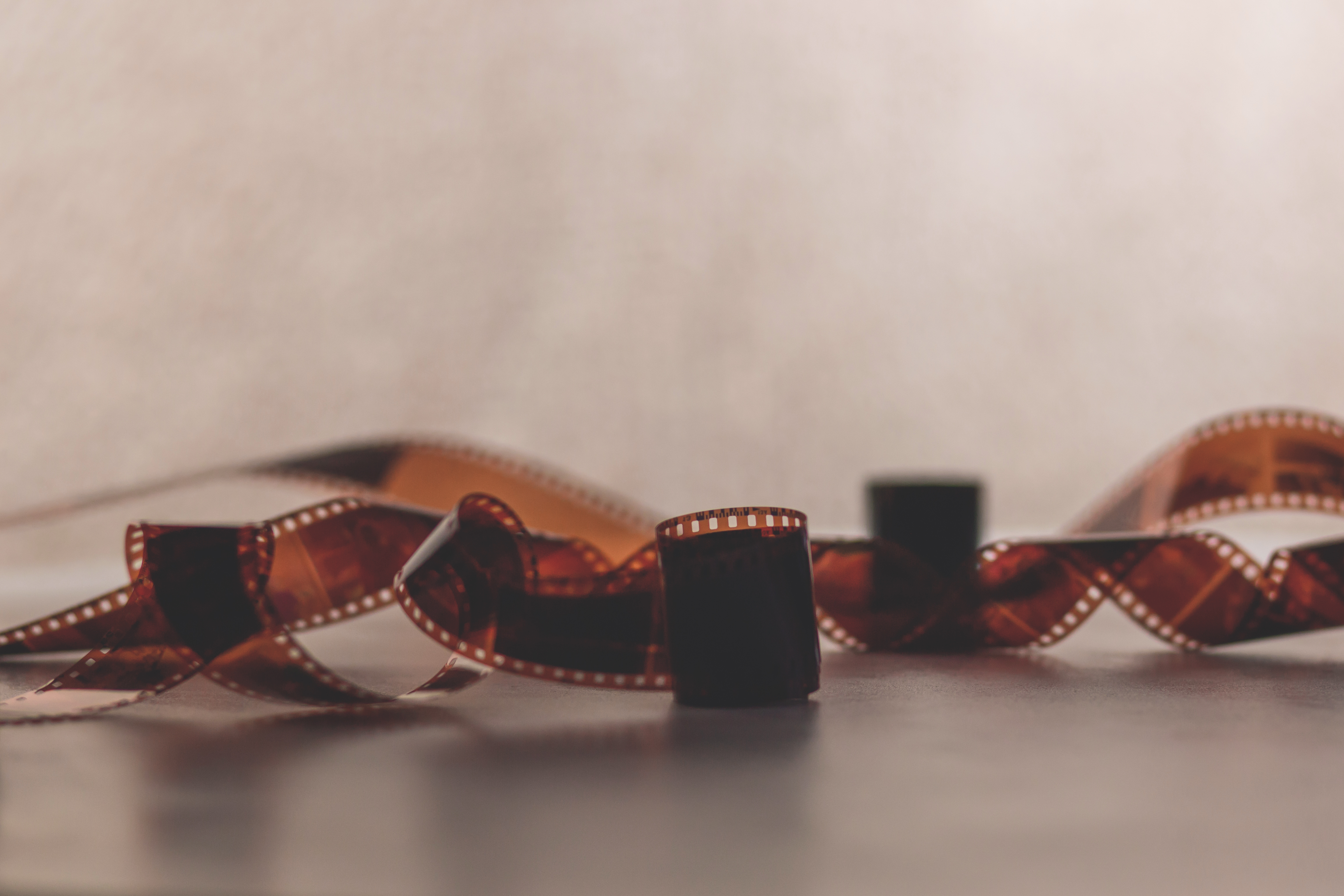
Contact sheets were a standard way of doing things in photography. The procedure was simple, and the impact upon publications was tremendous.
The photographers used to arrange the 36 exposures of the roll of film onto a single sheet of photographic paper and print a positive version of them in order to select the best pieces.
The best pieces later proceeded to the fine procedure of tonally enhanced printing, or zone system printing. This resulted in very few keepers, and even fewer that were publication-worthy.
“It’s something we can learn from.
It’s one thing to select the best images from 2000 photos; it’s another to choose the best of 36 exposures!”
The high-quality ratio is very interesting to see when we compare the limitations that film presented versus the digital generosity we now take for granted.
These instruments were not so popular for publishing matters but were the back-end of the iconic images that many generations grew up and matured with.
Summary
Maybe we don’t have the habit of printing contact sheets, but it’s not a practice that must be discarded – there are many ways to create them. It's a great way to get back in touch with photography, the tangible art of photography.
I'm not suggesting that we're all solely digital uploaders because many many readers here still prefer the printed photograph. What I am saying is that in a digital age, why not grab a pack of inexpensive photo paper and get used to printing more regularly?
See how you go and then invest some more into it.
Feel A Photograph And Take A Step Back
- Does it say something different to you which it didn't when you took the image?
- Does it look even better printed than on screen?
- Does it provoke more or less emotion when you're actually holding it?
Some of these types of questions are important for photographers. Just because we're in a digital/online age (yes, I'm in the same boat) does it mean that we should print any less? I'm not old-school per se, I just haven't forgotten it.
For me, the easiest way is just to print a PDF file of each batch of 36 images in a single 8” x 11.5” sheet, just for the experience of interacting with a physical object when selecting the best image from a walk or a shoot. It's a great place to start.
World War Two Pictures – Top Takeaways
- These were some brave times for photographers and even today, ANY photographer or journalist caught up in reporting the horrors of war – we should salute them! Many made the ultimate sacrifice – notably Gerda Taro.
- These ideas give us a clue as to where photographers today have got their passions and styles influenced.
- This truly remarkable story of a great find after all these years makes us appreciate the hard efforts of times before and how we can adapt and learn going forward into equally exciting times in photography today.
Further Resources
- The Mexican Suitcase Trailer (YouTube)
- Ted Forbes' Take On The Mexican Suitcase (YouTube) – The Art Of Photography
- How To Digitize Old Film With Your Digital Camera by Dzvonko Petrovski
- Here’s Proof That Photography Has Changed The World by Federico Alegria
- The Real Truth Behind Using Less Camera Gear by Federico Alegria
Further Learning
How's your Black and White Image Processing?
This e-Guide will teach you everything you need to know about reaching out to monochrome and how YOU can produce those stunning impactful images you've only dreamt of making…



